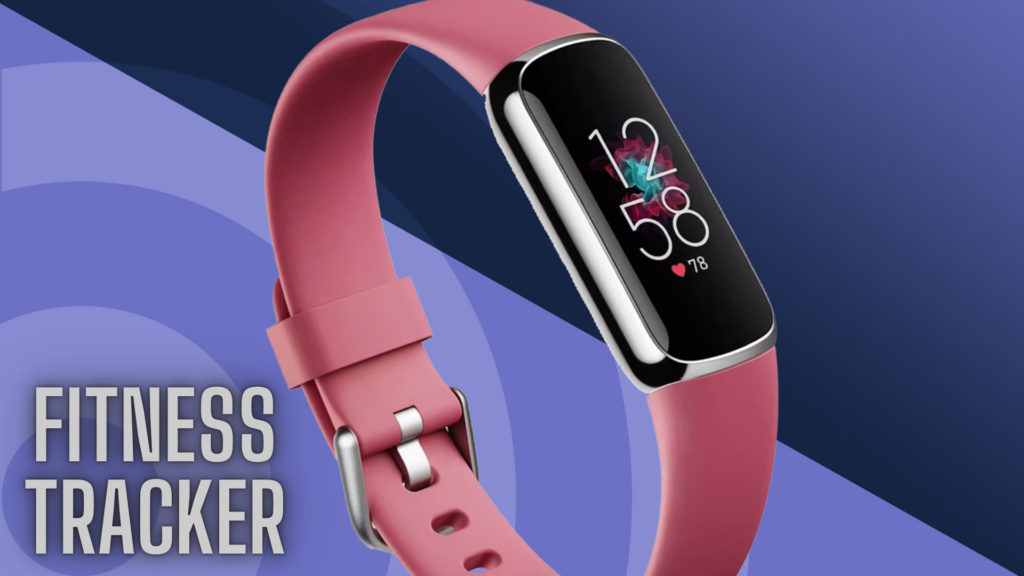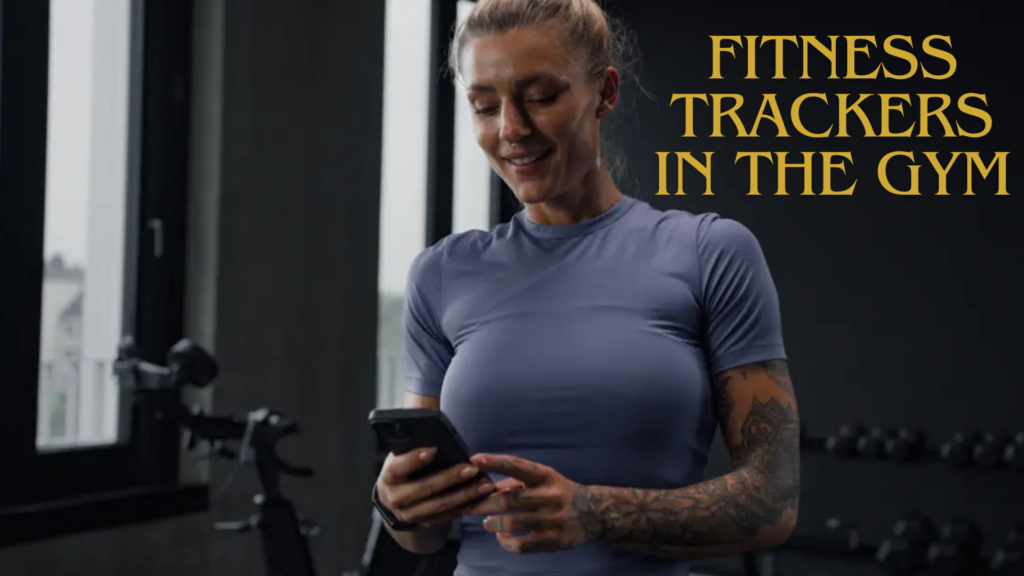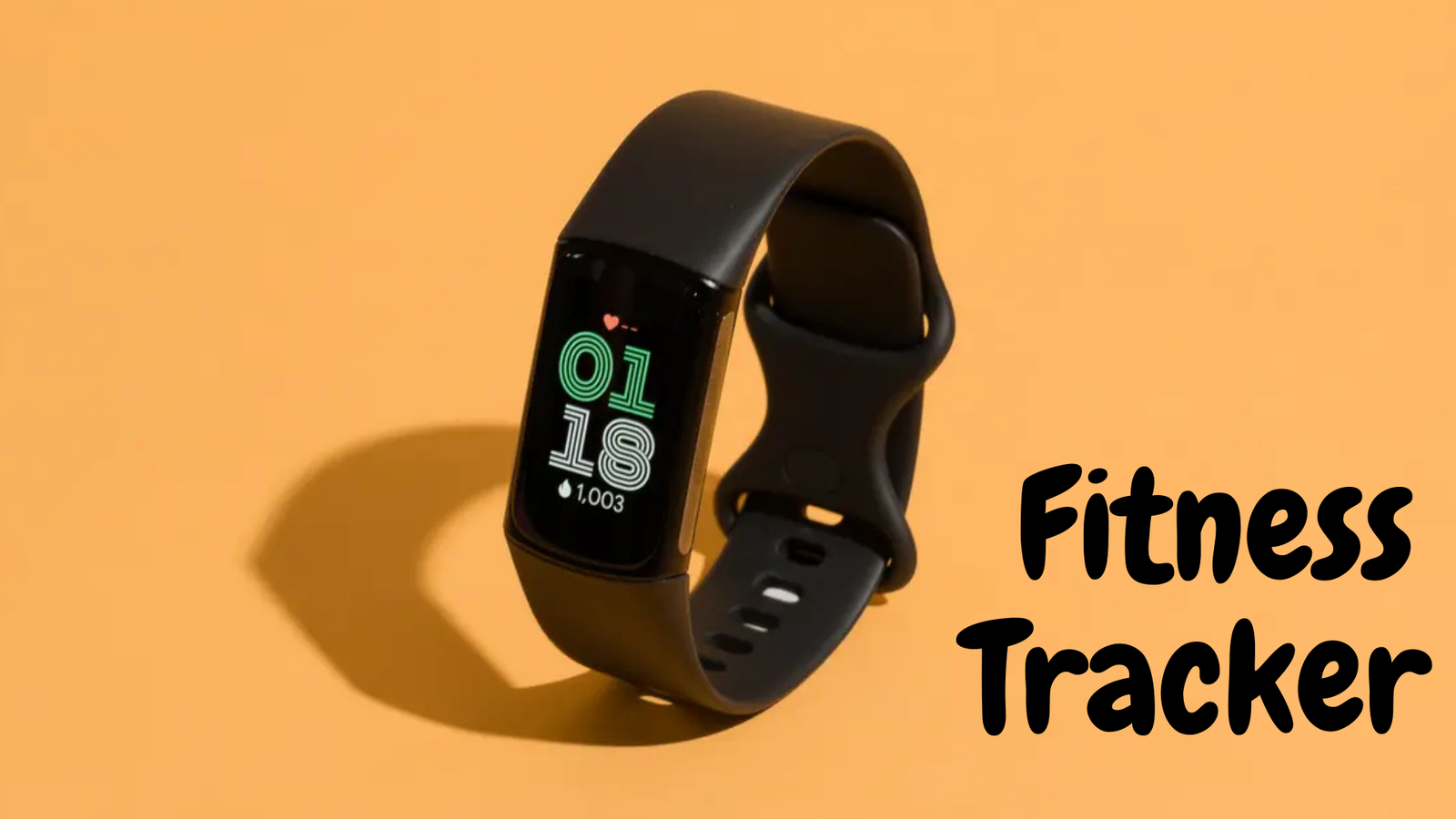Hello people! Can the fitness tracker help you enhance your fitness exercises and increase the effectiveness of training sessions?
It has penetrated the new culture of fitness and bodybuilding, and the principal ambition of applying technology is to enable the user to manage progress and set achievable goals in exercising.
Among all the wearable gadgets of the present, the most dominating category is the fitness tracker. However, the question remains: Can the concept of the gym effect be raised by using fitness trackers?
Fitness Trackers or wearables are gadgets used by the user to keep track of motion, pulse rate, number of steps, caloric use, sleep, and stress. Since these devices are designed to state that they improve workout performance or assist in the gym, it is pertinent to ask whether they assist in gym performance or are merely a craze.
Table of Contents
What Is a Fitness Tracker?

Therefore, a fitness tracker is a wearable device in the sense that it can be worn around the wrist and other parts of the body using a clasp. It most commonly and frequently collects details about the numeric coefficients of an individual’s activity, including steps made, pulse, fat calories burned, and hours asleep. They come in the form of step counters, devices that estimate the VO2 max, Heart rate, and intensity level.
The following are some of the identified brands in the fitness tracker market: Fitbit, Garmin, Apple, and Whoop, among others. Each gadget has its distinct features designed to assist those who wear them in exercising hard to achieve the set goals and targets.
You just need your fitness trackers to connect with your smartphone, where you get updates regarding your activity and health status.
How Fitness Trackers Work
Fitness trackers employ sensors, accelerometers, and or algorithms to monitor different aspects. The most common features of fitness trackers include:
- Step Count: Try to count the number of steps that you make during the day.
- Heart Rate Monitoring: Some track calories burned or the number of steps you have taken; others monitor your pulse during an exercise or activity to know the intensity of the training.
- Calories Burned: This is used to calculate the body heat that is likely to be metabolized and to determine the number of calories burned per physical activity.
- Distance and Pace: This calculates your distance covered and your pace (very useful for jogging, biking, or walking).
- Sleep Tracking: Oversees your sleeping status and the quality of sleep.
- Active Minutes: Record the amount of time spent doing physical activity of greater than a specific intensity.
Fitness trackers thus come in handy in accumulating and analyzing this information to offer the user close to real-time information about their level of fitness so that they may be able to modify their workouts and lifestyles too.
Advantages of Using of Fitness Trackers in The Gym

Tracking Progress and Goals
The biggest benefit of using a fitness tracker is that the device has a long-term training perspective. This chapter also describes the use of a fitness tracker concerning weight loss, building muscles, and endurance since it provides the goals set on targets by the user and whether the set goals are achievable or not.
For instance, if you want to lose a specific amount of weight in the week, it will also track all the calories shed through exercising during the day. Likewise, while striving to build strength, you can document your workouts, sets, and reps in an effort to employ a concept almost synonymous with muscle gain known as progressive overload.
General goals keep people on track, and they can adjust their programs to be more efficient. This data can also be used to diagnose strengths and weaknesses; in other words, what is good for one is bad for another.
- Stat: Another study for the Journal of Medical Internet Research, conducted on 31 articles in 2023, presented a similar conclusion: People who plan to improve their exercise routines with the help of fitness trackers are likely to exercise more and produce better health status results.
Motivational and Accountability
Dietary apps make a fitness tracker an ideal solution as a constant companion and assistant. To some, especially active users, monitoring current statistics, such as calories burned, steps, etc., gives an instant feeling of accomplishment. It is more fun-based than a working-out regime, which makes it even more interesting.
Fitness trackers also help you be accountable for your activities. They have an alarm notification feature that can help you be aware of the message saying that you’ve not reached the number of steps for that day, that you should get into your target heart rate zone, or that you have to finish your workout. These suggestions are ways to stay on track no matter how uninspired you may feel on any given day.
Stat: The analysis published in May’s American Journal of Preventive Medicine recognized fitness trackers made users 27% more prone to meet physical activity criteria.
Optimizing Workouts
Fitness trackers provide more than simple step calculation. Some of the more sophisticated peripherals can assist in your training regime by providing you with your heart rate, your rate per kilometer, and the rate of intensity. For instance, if you are training for a marathon, a fitness tracker assists in maintaining the right heart rate necessary for the right intensity in fat burning or increasing cardiovascular endurance.
Most of these devices also let you customize an exercise regime, such as running a particular number of kilometers or burning a certain number of calories. These statistics will help you design more efficient exercises.
Stat: By doing so, one can determine the heart rate that corresponds to various zones, and this is likely to make a huge difference because Fitbit says that users who pay attention to heart rate zones during exercise are more likely to achieve better fitness than those who don’t.
Improved Recovery
The other advantage of fitness trackers is that they assist in tracking recovery. While all fitness trackers don’t allow you to monitor the recovery status, some have features such as tracking heart rate variability (HRV).
HRV is an indication of how your autonomic nervous system is rehabilitating, and if your HRV is poor, then it means that you are training too much. Fitness trackers, which help you monitor the quality of your sleep before and after training, allow you to base your decisions on real statistics and avoid overtraining by taking enough rest.
The Problems with Fitness Trackers in the Gym
Of course, there are always some drawbacks to using fitness trackers, although they look quite effective. Here are a few potential downsides to keep in mind:
- Accuracy Issues: Fitness trackers are all different. Economy models could provide inexact values as to calories burned and/or heart rate. For instance, Personal workouts involve wrist-based heart rate tracking, which can sometimes be inaccurate compared to that given by a chest strap or an ECG device.
- Over-Reliance on Data: Some individuals become obsessed with what the fitness tracker app is giving them and even experience stress or frustration since they are not achieving set goals. Fitness trackers aren’t ‘magic’; they are gadgets, and their results should not be seen as the sole indicator of your overall fitness.
- Limited Features for Specific Sports: It is also important to note that while some fitness trackers may offer detailed information on strength training, step aerobics, weight loss, and other everyday sporting activities, they are not as accurate in special sporting activities such as swimming or weight lifting.
If properly managed, pedometers and other fitness trackers can definitely increase your gym performance. It is very humbling to wear a fitness tracker and then hope to excel or have better fitness in the gym. The information they present should be used at any given moment when one wishes to choose the type of workout and overall lifestyle.
For instance, if you use the tracker to track your heart rate, ensure you are training in the recommended zones. If you are into steps, it is better to ascend those steps increasingly. The main thing here is to have the data in sight to keep the motivation, define the tasks, and, thus, track the result within weeks or even months.
- Stat: A fitness tracker that requires entering data on physical activity over a long time was found to result in a higher level of fitness in subjects who did not track the data, according to a study by Harvard Medical School.
They come with the following as Alternative Tools to help Enhance Gym Results:
If you’re looking for ways to enhance your gym results without relying on a fitness tracker, here are some other tools and strategies to consider:
- Personal Trainers: A certified personal trainer can and will give helpful advice and can plan an exercise session with desired objectives in mind.
- Smart Weights: Additional useful devices include smart dumbbells and smart barbells, which can also record the number of repetitions and sets if desired.
- Nutrition Apps: MyFitnessPal is an application that enables users to track their diets and Ensure that their bodies are receiving the right nutrients.
The following video explains about Fitness Trackers actually work?
Conclusion
Fitness trackers can be helpful as a way of helping you reach your potential.
FAQ
1. Are fitness tracking devices beneficial to boost performance at the gym?
Indeed, they assist in monitoring growth and adjusting the workouts’ intensity successfully.
2. In what ways can a fitness tracker provide motivation?
Record milestones, create objectives, and be prompted to get moving.
3. Do the gadgets used to keep track of physical activity effectively capture calories expended during exercises?
Not all trackers are accurate; those with a high price offer better estimations of the calories.
4. Will a fitness tracker help in the recuperation phase after exercising?
Yes, by monitoring S and HRV for best recovery.
5. In what way can fitness trackers be used in all different activities?
It is great for cardio; they may need other tracking tools for weightlifting.




